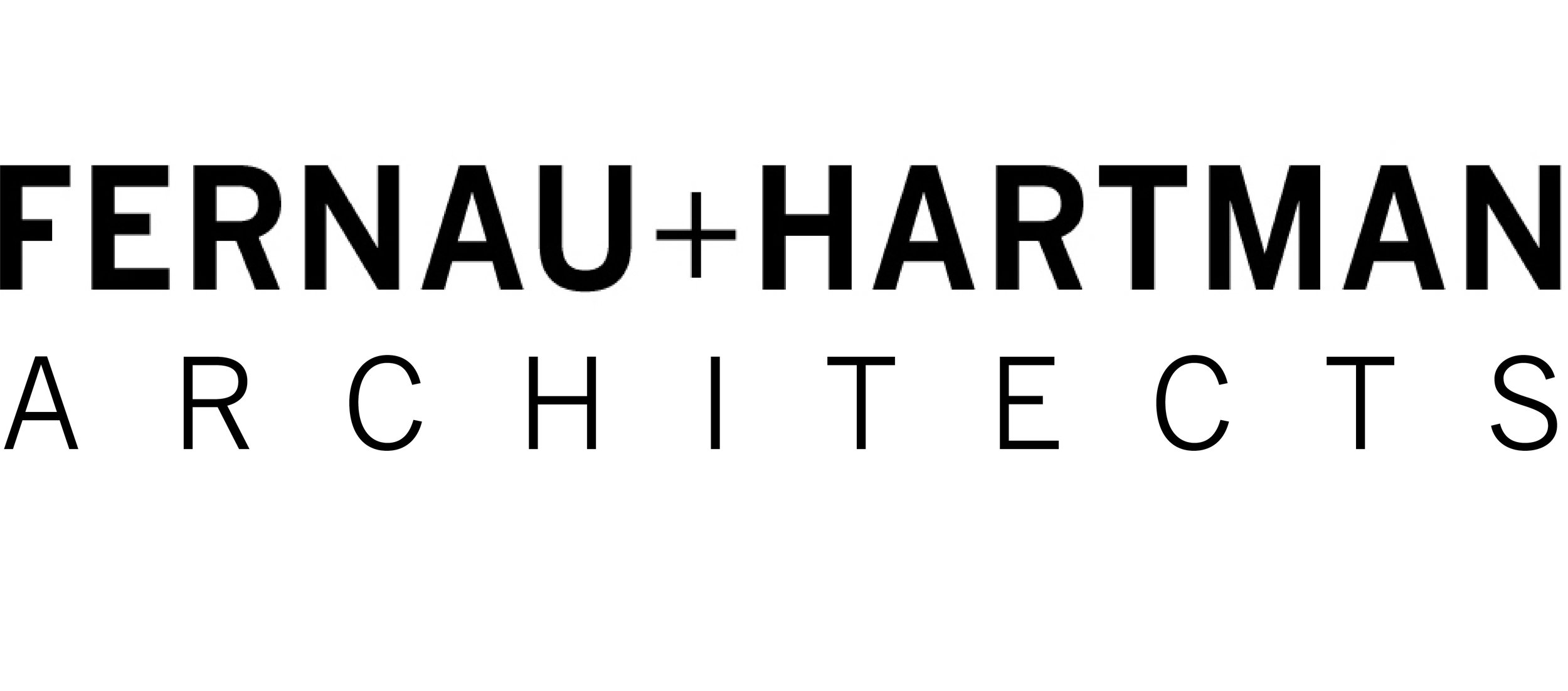MONTANA COOKHOUSE
We had been working on the Avis Ranch for nearly twenty years when we started to design the Cookhouse. The additions and renovations we had already done to the historic homestead were well received locally and by the profession, so we were nervous about adding a new piece. We were concerned that the significantly larger scale of the new structure would compete with the Granary, which was the centerpiece of the Montana compound, a landmark visible for miles as one descends into the Brackett Creek valley. Our goal, therefore, was to build modestly and with minimal impact on the landscape of the existing ranch.
We started by deciding to site the Cookhouse on the south side of, and across a small creek from, the Granary. The creek – which had become a little more than a drainage ditch – was restored and replanted with willows, dogwood, and other native riparian vegetation to provide a degree of separation from the agricultural compound and road beyond. The Equipment Barn is located adjacent to the previously rehabilitated Granary and connects to the Cookhouse by a footbridge over the creek. We adopted a one-and-a-half-story Granary to remain the anchor of the compound. The Equipment Barn is a low shed off to the side of the compound.
The Cookhouse’s elongated east-west axis is not only optimal for solar gain, but also ideal for views. The orientation, moreover, presents the narrow face of the building to the most intense wind and weather. Its second story pushes out from underneath the roof in various ways to grab light, steal a view, or expel hot air. Both floors are organized in plan along a central circulation spine. This generous central hallway with a wood-burning stove links all interior spaces and functions not only as a gallery and social space, but also as a massive air duct connecting the entire house to the thermal chimney. The thermal chimney punctures the roof at its ridge and keeps the house cool, even in the extreme heat of summer, making air-conditioning unnecessary. In cold months, the house is heated with a ground-source heat pump and energy-efficient wood stoves. The low ceiling and thermal chimney help maximize thermal performance. The gable roof’s substantial overhang and wraparound porch provide ample options for working and relaxing outside, protected from the wind, rain, snow, and sun.
“Absolute synchronicity between client and architect, based on their love of and experience in the outdoors, intense listening and interpretation, appreciation for design, worship of practicality, and the necessity of a working within budget, makes this building and all buildings we have created together, succeed.” — Greg Avis, Client
Photography credit: Richard Barnes
